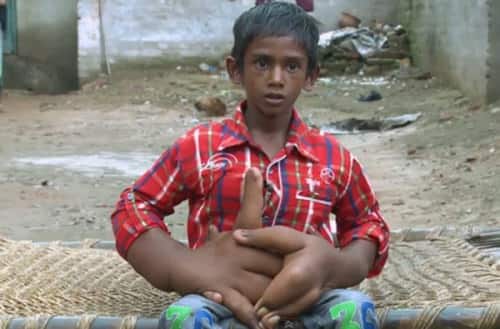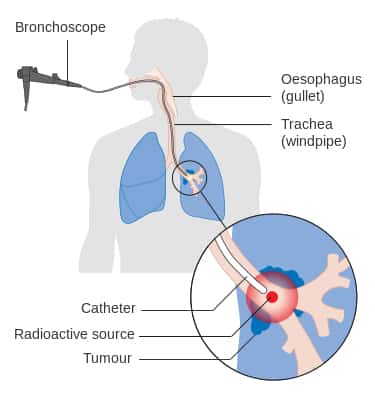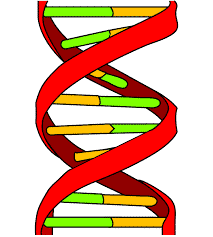What is lymphangioma tumor | lymphatic malformation in adults -lymphangioma

What is lymphangioma tumor | lymphatic malformation in adults -lymphangioma
Lymphangioma is an irregular structure that comprises of a group of lymph vessels and blood vessels that are dense and clomped composed. Contingent on its nature, a lymphangioma may develop quickly or slowly.
Lymphangiomas are inherited deformities of the lymphatic scheme that involve thesubcutaneous tissues and skin. Lymphangiomas has been categorized into cavernous lymphangioma,capillary lymphangioma,lymphangioma simplex, cystic hygroma and cystic lymphangioma. Hemol ymphangioma is additional variant with topographies showing both lymphatics and vascular constituent. The head and the neck, shadowed by the buttocks, the proximal edges, and the stalk are the most usually tangled sites.A Lymphangioma is a benevolent type of tumor that progresses impulsively, due to certain irregularities in the lymphatic system. The tumor can take place either before birth (inherited, due to genetic issues), or soon after birth (due to bodily issues).
There are two kinds of Lymphangioma tumors:
Cystic Lymphangioma:Happens around the neck,groin region and head.
Cavernous Lymphangioma:Arises around the groin region, head and neck, and moreover, are found inside the torso, mouth, abdomen and limbs.
Lymphangiomas are infrequent and appear as fluid-filled,painless,swollen masses that are not hateful. But, contingent on their position, they can be source breathing problems by pungent the windpipe, or hinder the bowels.
Presently, there are no ways to avoid development of such tumors. However, the forecast of Lymphangioma is usually good on a surgical removal and removal of the whole tumor.
Lymphangioma circumscriptum:
Lymphangioma circumscriptum is a ‘microcytic’ lymphatic distortion. It looks like as a bunch of small firm swellings filled with lymph liquid, like tadpoles. These arrays in color from clear to dark red, pink,black or brown and may become warty, particularly when affecting a sole or palm. Lymphangioma circumscriptum is most usually found on the under arm area, shoulders,limbs, neck, and in the mouth, mainly the tongue. The patches may become more bulging at teenage years and may bleed or ooze.
Treatment:
Treatment for lymphangiomas differs from case to case, and it often includes a team of experts working together to decide the best way of action.
The infected area, type, and indications of the bulk will all subsidize towards deciding what treatment to use. If the lymphangioma is not triggering detailed problems, either medically or concerning appearance, then often no treatment is required.
When treatment is required, the most common types are:
Surgery:
Surgical elimination can be a problematic procedure if the lymphatic deformities have traveled into the muscles and nerves.Lymphangioma surgery is a probable treatment choice. If the lymphatic mass is nearby to muscle or nerves, it can make the surgery more problematical. Most lymphatic aberrations can be detached by surgery, but surgery must be done sensibly because the lymphatic malformation can blowout around nerves and into muscles. It is usually not conceivable to eliminate every last cell of the lymphatic deformity while conserving the nerves and muscles, so it is conceivable for the malformation to come back. As a general tenet we texture that keeping the nerves and muscles integral is more significant than averting repetition and we favor to admit that the defect might come back in the imminent and necessitate more treatment, than do superfluous injury to normal structures.
Newfangled drug cures are being industrialized for these circumstances which seem to be very capable. Anexperimental of the medication Rapamycin (sirolimus) in the handling of definite lymphatic malformations is proceeding in several Centres including Melbourne. Propranolol is not operative in handling lymphatic abnormality. Some other treatments for lymphangioma include:
Radiofrequency ablation: Anextraordinary frequency current transported via a needle abolishes abnormal tissue.
Sclerotherapy: A solution is vaccinated into the swelling to cause it to collapse or shrink.
Dermabrasion: A skin reemerging technique can be used to treat facial damaging.
Percutaneous drainage:A scratch is made in the lymphatic malformation, and the fluid is exhausted.
Drug treatment:Usually associated with handling cancer, the drug sirolimus has been exposed to shrink lymphatic deformities.But Clinical trials are still determining its efficiency.
Unfortunately, in many belongings of lymphangioma, they can recur after elimination.Additional treatment may also be essential if the swelling has affected a person’s eating, breathing, or speaking.













